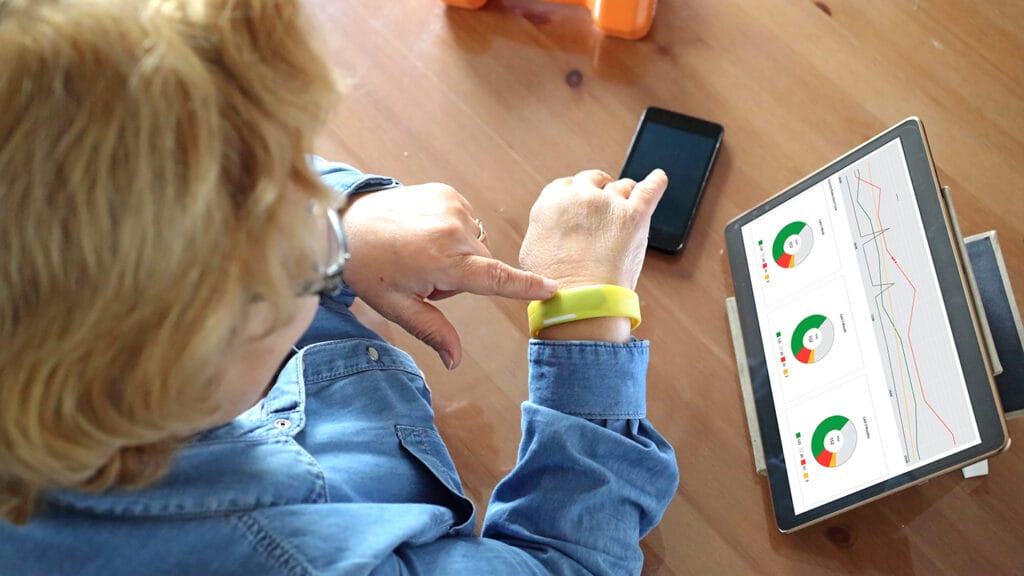
A new high-level report, “The Promise of Well-Tech,” offers a strategic guide for senior living providers who are often faced with a “blizzard of technologies” being thrown at them by tech and device developers.
The report focused on wellness technology but broadly defined that as any resident-facing tools that enable communication, engagement and self-care. Examples include fitness apps, health trackers, virtual coaches and virtual reality tools that are used for therapy or exercise.
The report outlines 10 steps that long-term care leaders can take to make sure the tools are right for them.
One of the most critical steps is the sixth, which asks, “Will this tool help residents and staff?” It is important for LTC providers to think strategically in an industry that often lags behind other sectors in tech adoption or sometimes brings in tools that are innovative but don’t actually improve processes (such as EHR systems that aren’t user friendly).
The 10 steps:
- Consult wellness and technology experts
- Think about future or long-term wellness needs
- Audit what’s already in place in a community
- Identify gaps the new tech can fill
- Note how ready staff and residents are for the new technology
- Identify clearly how the new tech can help residents and staff members
- Separate the “need to have” and “nice to have”
- Select tech that generates new opportunities or new data
- Plan for the implementation
- Evaluate how the well-tech is working after adoption
Lack of careful planning for technology adoption is one reason why nearly one-third of nursing homes end up abandoning technologies they adopt, McKnight’s Long-Term Care News reported last month.
The new report’s findings came out of discussion with 60 leaders in senior living and technology development who convened at the recent International Council on Active Aging Forum in Vancouver, BC.
Surprisingly, the report tempers some enthusiasm for AI-enabled wellness tools. The report authors noted that it could be difficult to integrate AI into existing systems, or could be too complex to adopt, although many AI developers are cognizant of those issues.
The report also acknowledged some of the challenges to adopting new technologies. Industry leaders cited technology costs, as well as facilitating tech literacy for both staff members and residents, as possible barriers to implementing the latest innovations.
“It was extremely valuable to have both the senior living leadership and the technology companies in the same room,” ICAA CEO Colin Milner said. “The providers detailed what they look for when selecting a technology, and the companies shared insights from their points of view. Everyone walked away with a better understanding of needs and opportunities.”


